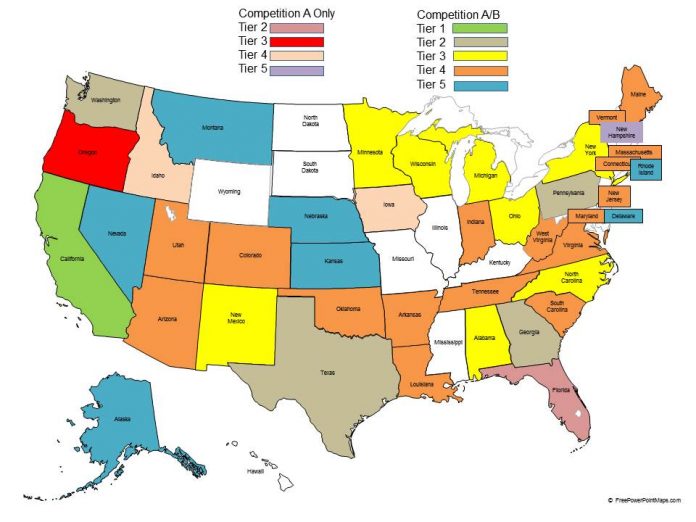The U.S. Food and Drug Administration (FDA) has announced that $21.8 million in federal money will go to 42 states for use in implementing FDA’s new regulation, “Standards for the Growing, Harvesting, Packing, and Holding of Produce for Human Consumption” (commonly called the Produce Safety Rule).
The FDA Produce Safety Rule was finalized in 2015 and became effective in January of 2016. “It establishes science-based minimum standards for the safe growing, harvesting, packing and holding of fruits and vegetables grown for human consumption” stated the FDA in its announcement.
The FDA created the Produce Safety Rule as part of its implementation of the FDA Food Safety Modernization Act (FSMA), signed into law by President Obama on January 4, 2011. The purpose of FSMA is to prevent foodborne illness from dangerous pathogens like E. coli, Listeria, Salmonella and others. FSMA requires an increased level of cooperation between federal and state governments to achieve the food safety goals.
The $21.8 million is to be used by each of the 42 states to begin planning for and developing a state produce safety program that complies with the Produce Safety Rule.
“As efforts for a nationally integrated food safety system advance, this funding will play a vital role in establishing programs at the state level to educate growers and provide technical assistance to ensure high rates of compliance with the Produce Safety Rule,” said Melinda Plaisier, associate commissioner for regulatory affairs at the FDA.
States obtain the money through the State Produce Implementation Cooperative Agreement Program (CAP). The goal of the program is to provide the resources for each participating state to do the following: formulate a multi-year plan to implement a produce safety system; develop and provide education, outreach and technical assistance; and develop programs to address the specific and unique needs of the growers in their farming communities.
“State agencies are important because they have a better understanding and knowledge of the specific growing and harvesting practices in their areas and many have long standing relationships with produce growers and produce associations,” according to the FDA.

The map above shows the state that were awarded CAP money: Arkansas, Alabama, Arizona, California, Connecticut, Delaware, Florida, Georgia, Iowa, Idaho, Indiana, Kansas, Louisiana, Maine, Maryland, Massachusetts, Michigan, Minnesota, Montana, North Carolina, Nebraska, New Hampshire, New Jersey, New Mexico, Nevada, New York, Ohio, Oklahoma, Oregon, Pennsylvania, Rhode Island, South Carolina, Tennessee, Texas, Utah, Virginia, Vermont, Washington, Wisconsin and West Virginia.
To determine which states got the money, they were were classified into five tiers of funding eligibility based on the estimated number of farms growing covered produce within their jurisdictions. There is a possibility of five years of funding under CAP.
“Today’s funding announcement demonstrates the FDA’s commitment to keep working closely with the states as we begin to implement the provisions,” said Dr. Stephen Ostroff, deputy commissioner for foods and veterinary medicine at the FDA. “A robust federal-state partnership in produce safety will help protect American consumers from foodborne illness and benefit public health.”




